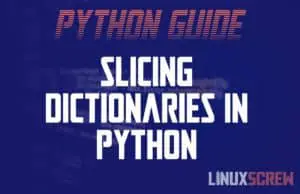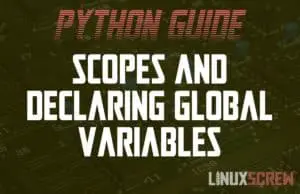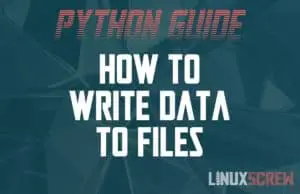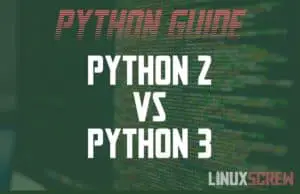Home » Programming » Python
How to Add/Append Items to a Dictionary in Python [Examples]
This short tutorial will show you how to add single or multiple items (as key:value pairs) to a dictionary in the Python programming language. What is a Dictionary in Python? We’ve covered what dictionaries are in our article here. There are a couple of ways to add items to a dictionary, so we’ve put together this article separately to make sure we’ve got everything covered! Checking Whether a Key Exists in a Dictionary As outlined in the article linked above, dictionaries store data as a series of key:value pairs. Before … Read more

![How to Add/Append Items to a Dictionary in Python [Examples] 1 Add Item to Python Dictionary](https://cd.linuxscrew.com/wp-content/uploads/2021/11/python-add-item-to-dictionary-300x194.jpg)





![Catch Errors/Exceptions in Python with try/except [Examples] 7 Python try/except to Catch Errors](https://cd.linuxscrew.com/wp-content/uploads/2021/09/python-try-except-feature-300x194.jpg)


